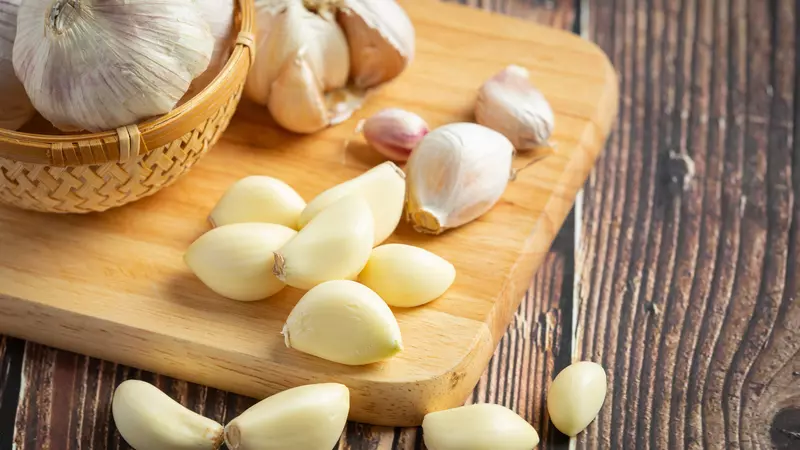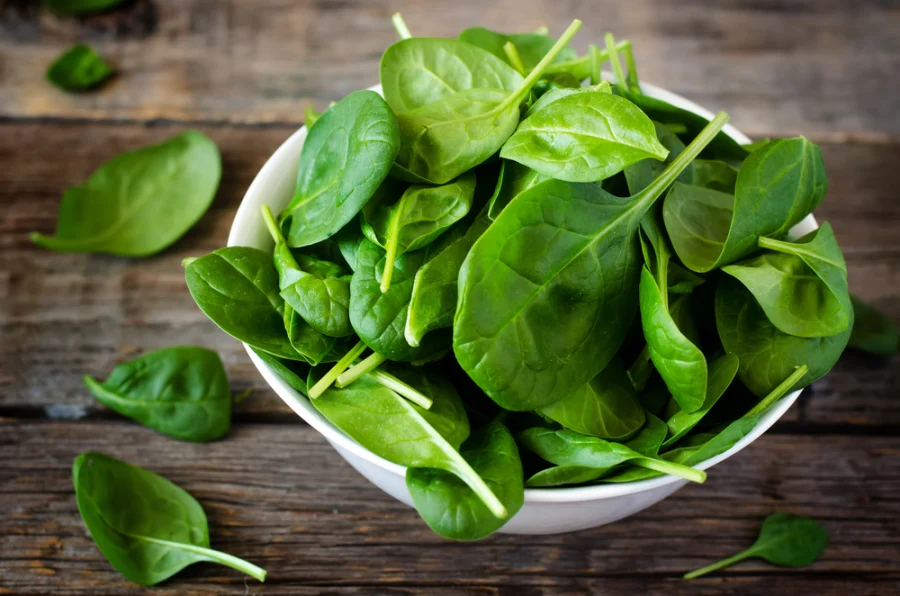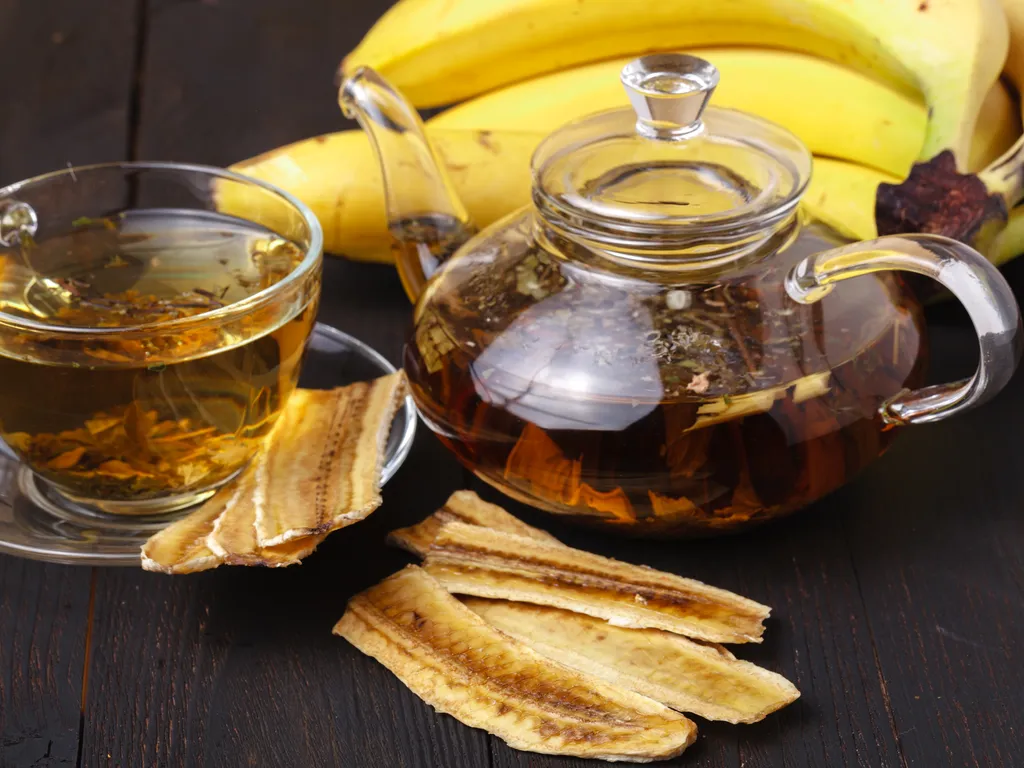
Raw or Roasted? The Garlic Secret That Could Change Your Blood Pressure
Garlic has been celebrated for centuries as both a culinary staple and a medicinal food. Modern science continues to uncover its role in supporting cardiovascular health, especially in regulating blood pressure. The way garlic is prepared can dramatically influence its potency. Whether eaten raw or roasted, this humble bulb contains compounds that may lower hypertension and support vascular resilience.
When garlic is chopped or crushed, it releases allicin, a sulfur compound linked to blood pressure reduction and improved circulation. However, allicin is delicate and can be diminished by heat. Raw garlic preserves more of this active compound, offering stronger antihypertensive effects. Roasted garlic provides antioxidants, protecting the endothelium while giving a sweeter, milder flavor.
A systematic review in Current Hypertension Reports concluded that garlic supplementation could significantly lower both systolic and diastolic blood pressure in hypertensive individuals (Ried 2016). Another clinical trial found that aged garlic extract reduced arterial stiffness and improved vascular elasticity, which are key factors in blood pressure regulation (Reid et al. 2020).
Why Garlic Matters for Blood Pressure
Garlic influences blood pressure through multiple mechanisms. Allicin promotes vasodilation, relaxing the smooth muscles of blood vessels and improving blood flow. The sulfur compounds also reduce oxidative stress, which can otherwise damage arterial walls and contribute to hypertension.
Consistent garlic consumption has been associated with improvements in lipid metabolism, reduced platelet aggregation, and decreased systemic inflammation. These effects collectively support cardiovascular efficiency and resilience.

What Happens When You Eat Garlic Often
Lower Blood Pressure and Arterial Stiffness
Regular garlic intake can lead to measurable reductions in blood pressure, particularly in individuals with hypertension (Ried 2016).
Improved Cholesterol Balance
Garlic has been shown to modestly lower LDL cholesterol and triglycerides while raising protective HDL levels (Banerjee and Maulik 2002).
Reduced Oxidative Stress
The antioxidants in garlic neutralize free radicals, protecting endothelial cells and maintaining vascular elasticity (Reid et al. 2020).
How to Include Garlic in Your Routine
Use Raw Garlic Strategically
Crush or chop garlic and let it rest for 10 minutes before adding it to salads, dressings, or dips.
Balance with Roasted Garlic
Roasting garlic softens its flavor and is easier on digestion while still offering antioxidant benefits.
Try Garlic Extracts or Supplements
Aged garlic extract provides concentrated benefits with reduced odor and stomach irritation (Reid et al. 2020).
Combine with Heart-Healthy Foods
Pair garlic with olive oil, leafy greens, and legumes for synergistic cardiovascular benefits.
The Takeaway
Garlic is more than just flavor. Whether eaten raw for maximum allicin or roasted for gentler benefits, it holds real potential to influence blood pressure and cardiovascular resilience. By incorporating garlic regularly into your meals, you may support healthier circulation, reduced arterial stiffness, and improved cholesterol balance.
The choice between raw and roasted is not about better or worse, but about variety. Alternating both can help you harness the full spectrum of garlic’s protective compounds while keeping your meals diverse and satisfying.
References
Banerjee SK and Maulik SK (2002) ‘Effect of garlic on cardiovascular disorders: a review’, Nutrition Journal, 1(4). https://doi.org/10.1186/1475-2891-1-4
Reid K, Fakler P and Boggess M (2020) ‘Garlic supplementation and vascular health: a systematic review and meta-analysis’, Nutrition Reviews, 78(5):349–362. https://doi.org/10.1093/nutrit/nuz072
Ried K (2016) ‘Garlic lowers blood pressure in hypertensive individuals, regulates serum cholesterol, and stimulates immunity: an updated meta-analysis and review’, Current Hypertension Reports, 18(4):33. https://doi.org/10.1007/s11906-016-0635-2



















